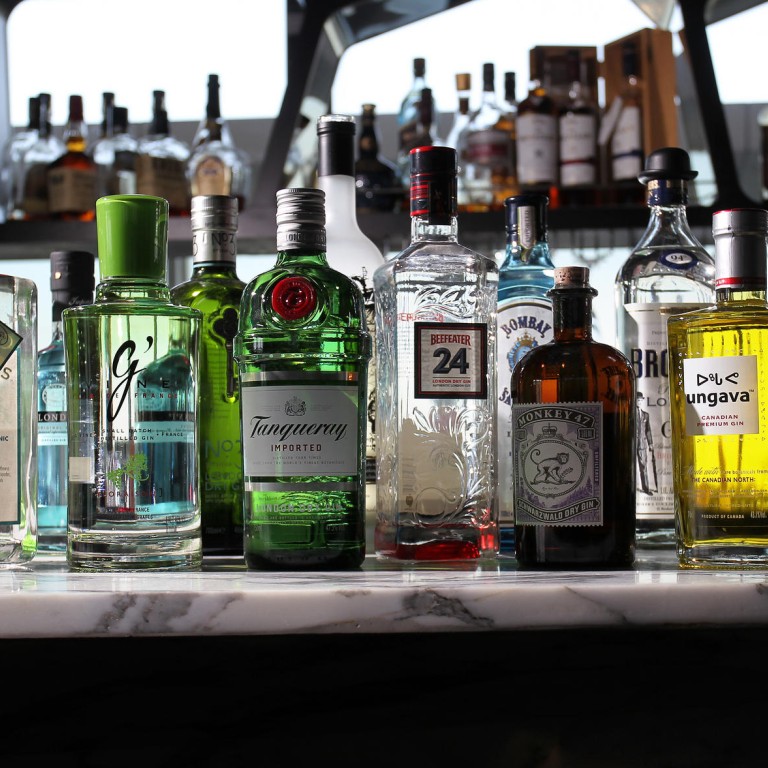Gin is back in demand at bars in Hong Kong and beyond

The formerly old-fashioned spirit becomes trendy with a new generation of drinkers, with modern twists such as flavour infusions and creative cocktails

There used to be a curious visual prejudice when it came to alcohol. Whiskies and brandies, rich and lusty in their swirling amber hues, were the tipples of choice for many, while wines in ruby red or liquid gold were popular everyday drinks - leaving white spirits such as gin to literally pale in comparison.
Not that we need any encouragement to add another spirit to our liquid arsenal, but gin - previously banished to the dusty shelves of past generations - has experienced a refreshing revival in recent years. Its exploding popularity has led to an increasing number of bars dedicated to the spirit, and to impressive flavour infusions and the creation of more nuanced varieties of tonic, known as gin's best friend.
"In many ways, this is the most exciting time in history for gin and gin drinkers," says Erik Holzherr, who goes by the moniker "The Gintender" and owns three bars in Washington DC. "I have been into gin as long as I can remember, and we stock more than 90 different brands. But it wasn't until the last two years that I've noticed an increased excitement and demand for the spirit."

He attributes this to the booming cocktail culture and to the emergence of a new generation of drinkers. "[These] newer, young drinkers are embracing change and doing what many generations tend to do - [which is] everything possible to avoid their parents' style and culture, which includes their negative views of gin," he says. "In some ways, this gin resurgence is a rebellion of values and style."
This phenomenon has certainly not been confined to Western shores. Hong Kong-based mixologist Antonio Lai, the owner and consultant of Quinary and Origin - the latter of which is one of the top gin bars in the city - says local demand for the spirit was only a couple of years behind Europe, and that curiosity was the most significant element behind it.
"More of our customers, who were familiar with gin and tonics, became very curious about the ingredients and different styles of gins, and some of them started trying gin on the rocks and eventually just a small cube of ice or a dash of tonic," he says. "But some of the time, we found that just introducing the spirit to non-gin drinkers was fairly difficult. To ease them in, we made some creative cocktails to entice the beginners."
Lai is a firm believer in pushing the limits, and as of the end of last year, Origin was still the only bar in Hong Kong with its own gin still. Origin has more than a dozen in-house blends - the result of Lai's never-ending experiments in which he redistills gins with a variety of ingredients ranging from pandan leaf, shiso leaf and lemongrass to basil, lemon peel and cucumber.


"Not all combinations work," he says. Lychee, a popular ingredient in local drinks and cocktails, was a disaster, as was banana. "The flavours fought together and didn't produce a good end result."